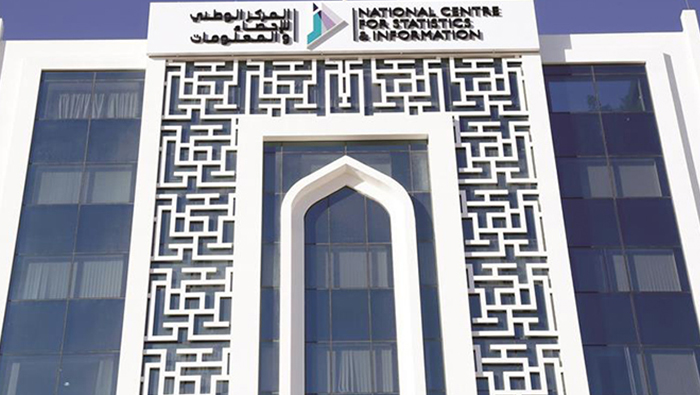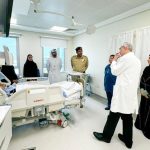The National Centre for Statistics and Information (NCSI) has released preliminary statistics that show the effective exchange rate index of the Omani Rial rose by 2.7 percent to reach 118.4 points by the end of June 2024. Additionally, local liquidity in the Sultanate of Oman increased by OMR2.6 billion to reach OMR24.62 billion by the end of June 2024, marking a 12 percent increase compared to the same period in 2023. However, total issued cash decreased by 3.3 percent to OMR1.70 billion by the end of June 2024 compared to OMR1.76 billion in June 2023.
Furthermore, the narrow money supply (M1), which includes total cash outside the banking system, current accounts, and demand deposits in local currency, increased by 16.3 percent to reach OMR6.73 billion by the end of June 2024, compared to OMR5.78 billion at the end of June 2023. The total foreign assets of the Central Bank of Oman (CBO) also experienced a 6.2 percent increase, reaching OMR6.99 billion by the end of June 2024, compared to OMR6.58 billion at the end of June 2023.
Moreover, the total loans and financing in commercial banks and Islamic windows saw a 3.8 percent increase by the end of June 2024, reaching OMR31.43 billion compared to OMR30.27 billion. The average interest rate on total loans also rose by 2.7 percent to 5.581 percent at the end of June 2024. These statistics indicate overall positive trends in the financial sector in Oman, with increased liquidity, money supply, and foreign assets, along with a rise in total loans and financing.
The rise in the effective exchange rate index of the Omani Rial can indicate a strengthening economy and currency. This increase can lead to greater purchasing power for Omanis and improved economic stability for the country. Additionally, the rise in local liquidity and the narrow money supply can suggest a higher level of cash flow within the economy and increased financial activity. The growth in total foreign assets held by the Central Bank of Oman indicates a stronger financial reserve, which can provide stability in times of economic uncertainty.
Furthermore, the increase in total loans and financing in commercial banks and Islamic windows can indicate a growing demand for credit and investment opportunities. The rise in the average interest rate on total loans can be seen as a positive sign for the banking sector, as higher interest rates can result in higher profits for financial institutions. Overall, the statistics released by the NCSI point towards a positive outlook for the financial sector in Oman, with various indicators showing growth and stability.
In conclusion, the recent statistics released by the National Centre for Statistics and Information highlight positive trends in the financial sector in Oman. The increase in the effective exchange rate index of the Omani Rial, along with growth in local liquidity, money supply, foreign assets, and total loans and financing, indicates a strengthening economy and currency. These statistics reflect a positive outlook for the financial sector in Oman, with various indicators demonstrating growth and stability. As Oman continues to focus on diversifying its economy and attracting foreign investment, these trends bode well for the country’s economic future.











